Autumn marks the end of the gardening season. However, this time of year is perfect for certain gardening tasks. Now is the time to plant trees and shrubs or sink flower bulbs into the soft soil. So, how do you prepare your garden in autumn so it blooms in vibrant colours and delights with lush green trees come springtime?

Autumn marks the end of the gardening season. However, this time of year is perfect for certain gardening tasks. Now is the time to plant trees and shrubs or sink flower bulbs into the soft soil. So, how do you prepare your garden in autumn so it blooms in vibrant colours and delights with lush green trees come springtime?
How do you prepare your garden for autumn?
Want to spend as much time as possible in your garden all year round? Then hit the ground running in autumn! This season is particularly well-suited for planting different kinds of flora. The soil, still warmed by the summer sun, offers new plants the best conditions to settle in and develop resistance before the first frost. The autumn rain provides plenty of water, which is ideal for new plantings. When spring rolls around, the plants you’ve set in the ground at the end of the year grow with full strength, as they don’t need to use up energy forming roots. As a result, they flourish much better in the summer compared to plants sown after the last frost.
Autumn in the garden doesn’t just mean clearing leaves and protecting flowers from frost. For many plants, it can be a time when new life begins, which in the months to come becomes your garden’s most stunning display.
Plants to sow in autumn
Whether you’re creating a cosy rustic garden or a sleek modern one, you’ll want to plant straightaway as autumn kicks in. But what exactly should you be planting? All kinds of trees and shrubs, plenty of perennials and bulbs, and even some flowers!
Trees and shrubs
Autumn is the perfect time to plant most fruit trees – except for frost-sensitive ones like peach and apricot. You’re better off planting those in spring. But apple, pear, cherry, and other trees planted in October or November have time to recover before winter hits. In spring, they’ll blossom and produce your favourite fruits.
The same goes for berry bushes. If you want to grow your own gooseberries, currants, raspberries, or blueberries, there’s no better time than autumn to get started.
In autumn, it’s not just fruit-bearing plants that find their place in the garden – it’s also the time to plant ornamental species. Next year, you’ll be rewarded with a gorgeous landscape surrounding your home. Beech, barberry, meadowsweet, various conifers like yew, spruce, juniper, pine, and even the queens of the garden, roses – trees and shrubs planted in autumn stand a much better chance of establishing themselves than if they were planted in spring.
Autumn gardens also create favourable conditions for planting hedges. If you’re planning to plant a hedge of thuja or other conifers, September and October are prime months to do so! These types of plants need lots of water to take root, so heavy autumn rains are more than welcome. However, if it doesn’t rain for weeks, don’t forget to water your green fences yourself!
Perennials
There’s a simple rule for perennials: Plant spring-flowering ones in autumn, and plant those that bloom from July to October in spring. Perennials are known for thriving throughout the year – except in winter. Planting in autumn comes with several advantages. The plants get the best growing conditions, and you avoid the constant watering that would be necessary at the height of summer. So, what perennials should you plant in autumn? Here’s a short list:
- Bergenia,
- Phlox,
- Sedum,
- Forsythia,
- Christmas rose,
- Rhododendron,
- Hydrangea, and
- Delphinium.
Some perennials are particularly valued for their decorative leaves. These varieties can be planted all year round. They include arum, hostas, and broadleaf sedge. Thinking of creating a rock garden in your space? Planting perennials in autumn is a great time to kick that off, too!
Flowers from seeds
You probably associate sowing flowers with spring – and you’re not wrong. But did you know you can sow certain species in autumn too? Calendula, delphinium, baby’s breath, liverwort, forget-me-nots, cornflower, lavender, and violets all thrive if sown in September or October!
Some will sprout before the frost and spend winter beneath the snow, while others won’t appear until spring. Either way, you can expect earlier growth and faster blooming. However, there is a risk that seedlings may freeze during a harsh winter. To prevent this, cover the sown beds with spruce branches or agricultural textiles.
Bulb plants
September, October, and even November – you can plant bulbs in your garden throughout autumn, and they’ll bloom into beautiful flowers come spring! Dig the bulbs about 15 cm deep. But which types are ideal for autumn planting? These autumn garden staples will get you started:
- Crocus,
- Allium,
- Daffodil,
- Snowdrop,
- Winter aconite,
- Tulip,
- Bluebell,
- Lily,
- Hyacinth,
- Ornamental onion,
- Astrantia,
- Anemone,
- Spring snowflake.
Vegetable beds in an autumn garden
Autumn is the perfect time to work on ornamental plants, but don’t forget your vegetable beds! By late summer, you can start sowing frost-hardy vegetables like radishes, lettuce, or beetroot. Onions, garlic, and carrots also thrive in autumn. Make sure to sow the seeds a little thicker than you would in spring, as some seedlings won’t survive the winter.
There’s one more job to do in your autumn vegetable beds: the sowing of a cover crop, which enriches the soil for the next growing season. You can choose a fast-growing cover crop, which you’ll work into the soil after a few weeks to nourish it, or a winter cover crop, which you’ll work into the soil in spring.
Essential tools for autumn gardening
Once you know what you’ll be planting in the autumn garden, it’s time to kit yourself out with the necessary tools and garden equipment! Fortunately, you only need basic equipment to dig, loosen the soil, and remove weeds. A sturdy shovel, a hoe, and a rake are absolute must-haves. They’ll help you easily remove roots and debris from the loosened soil. A bulb planter is also handy, making it easy to cut holes in the lawn. Afterwards, cover the bulbs with the patch of turf for speedy lawn recovery.
All new plants in the autumn garden need plenty of water. Planning your garden irrigation is a smart move. You can even install an automatic system that will keep your plants watered should autumn prove dryer than expected.
What grows in the autumn garden?
Autumn gardens are a multi-coloured dreamscape. It’s a joy just to sit and watch the leaves drift and fall. But for keen gardeners, there’s still plenty to do. And if you get the work done before winter, you’ll marvel at the results in early spring. Planting trees, shrubs, perennials, bulbs, and seeds is not only possible at this time of year, but in many cases, preferable. Don’t miss the prime time to let your plants take root in the soil. Make the most of this season and you’ll be rewarded with vibrant greenery and dazzling blooms next spring!


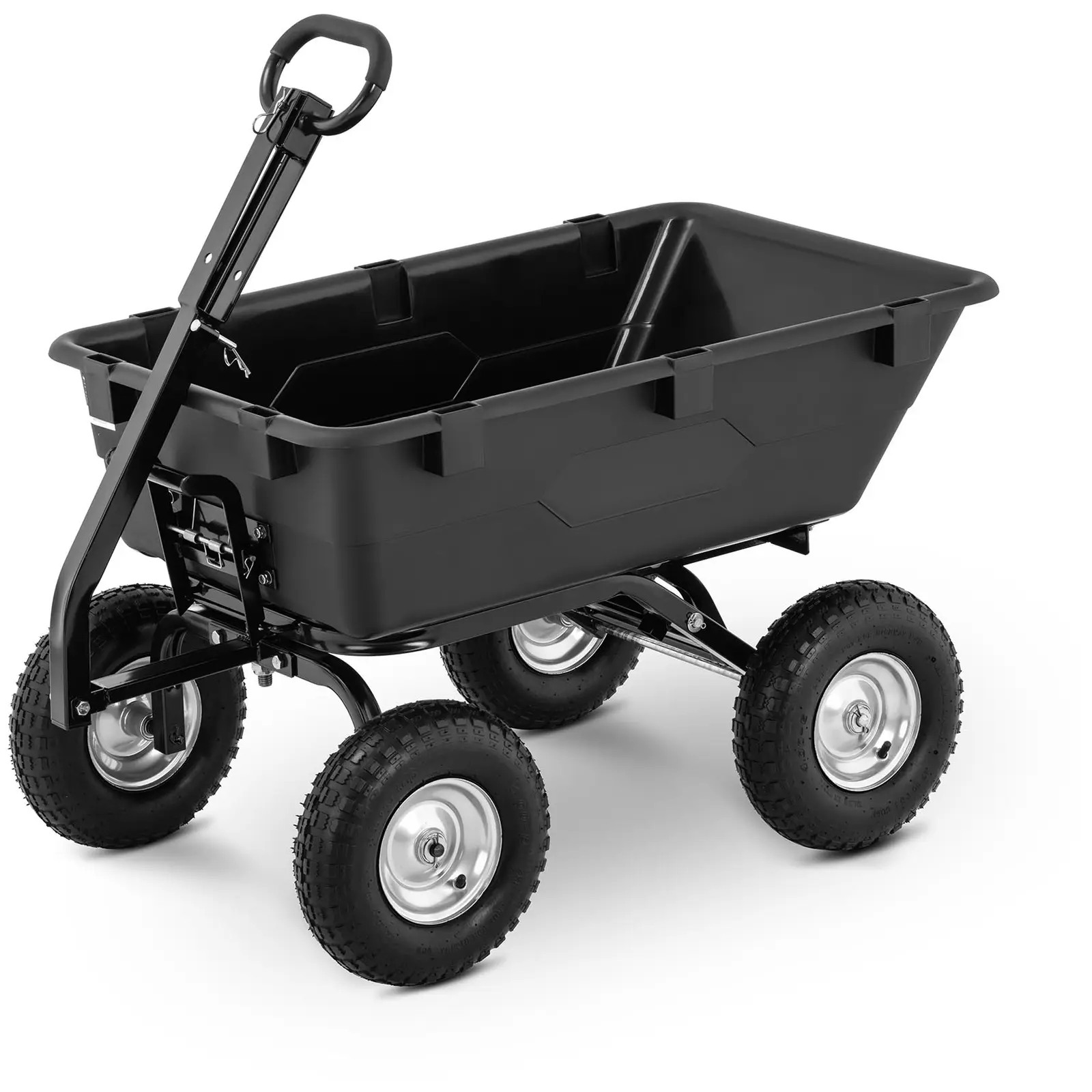

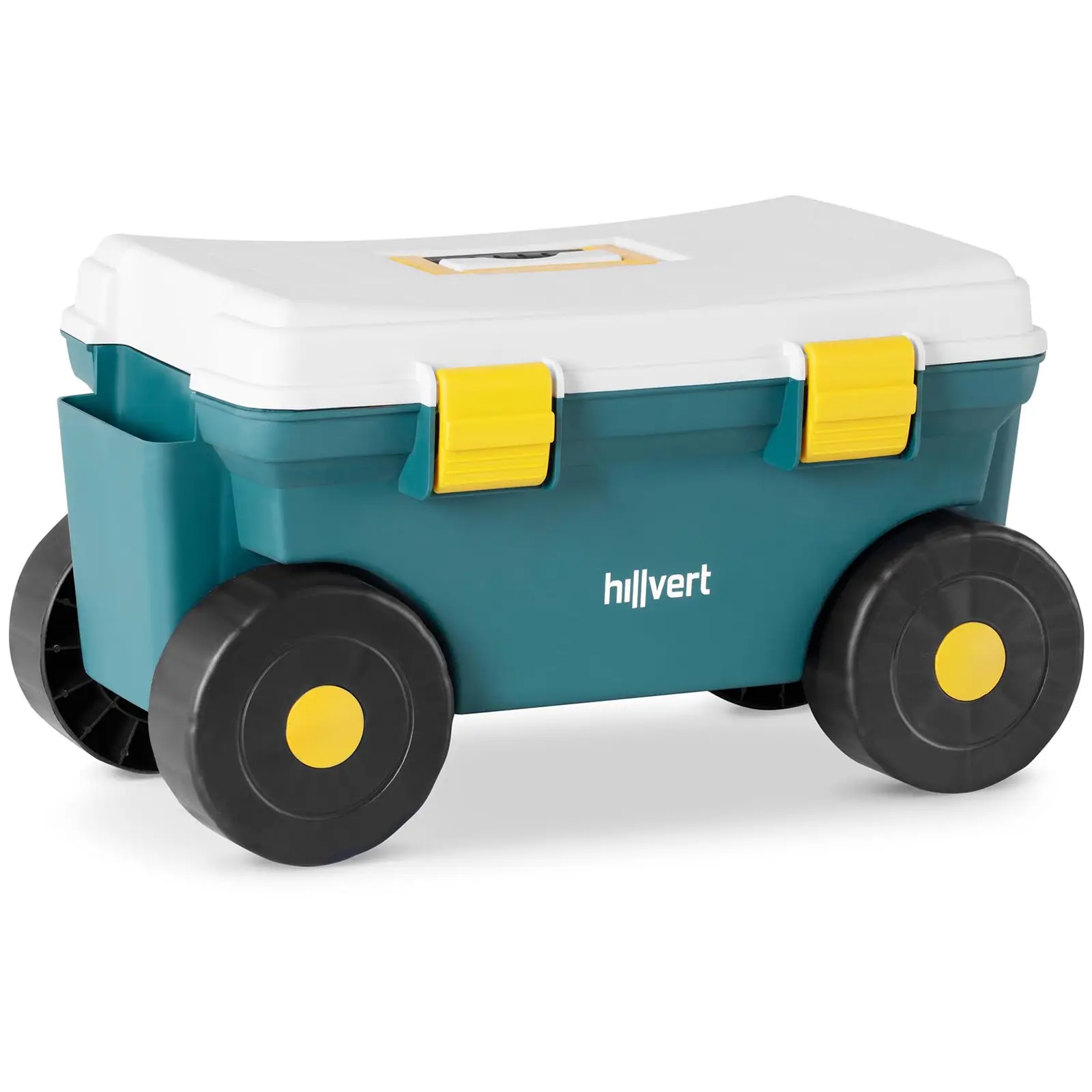
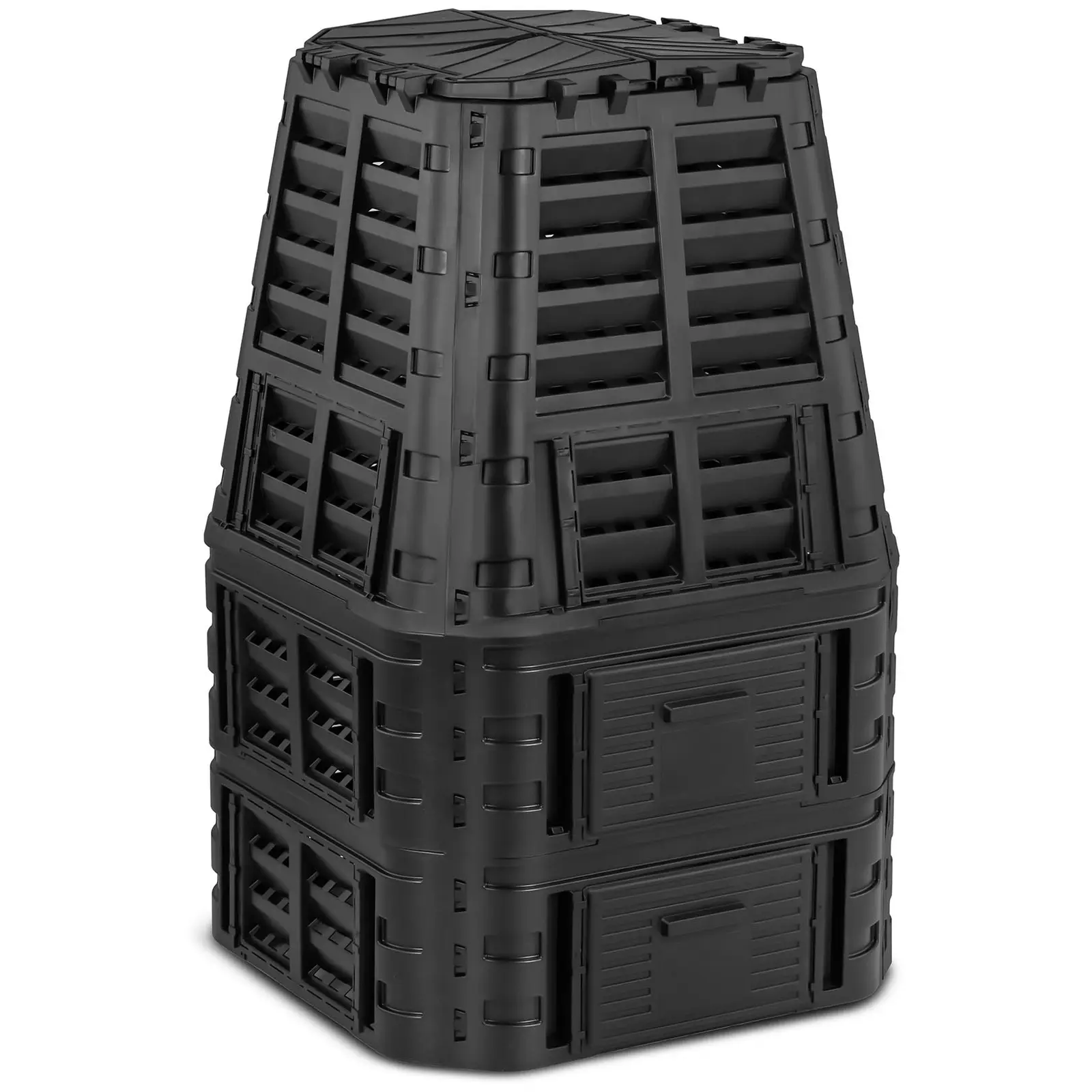
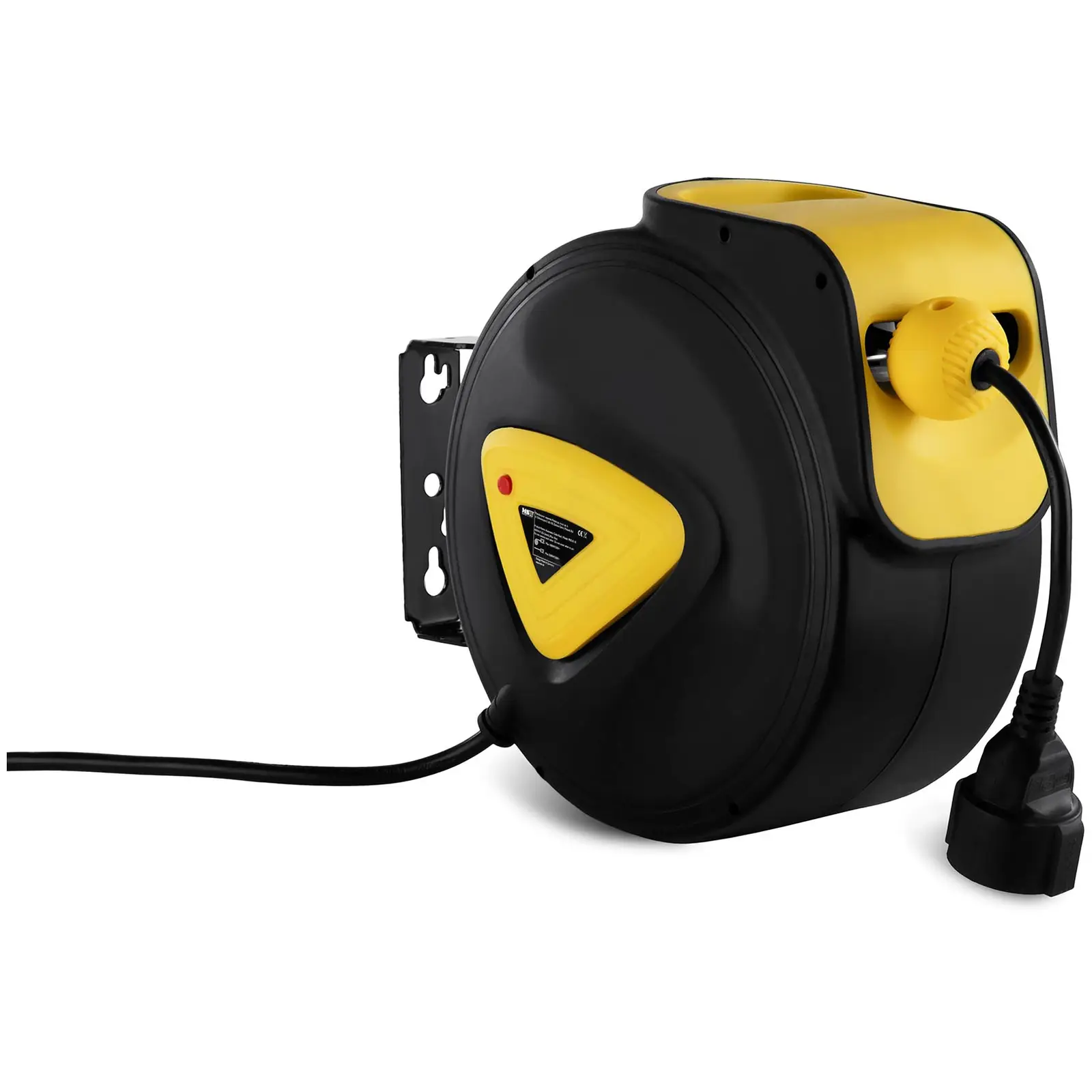



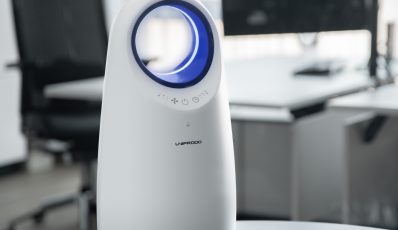

Share